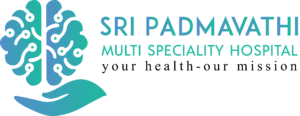What are Muscle?
- Neuromuscular disorders affect the nerves that control your voluntary muscles. Voluntary muscles are the ones you can control, like in your arms and legs. As a result, your muscles weaken and waste away. The weakness can lead to twitching, cramps, aches, and pains, and joint and movement problems
There are three types of muscles:
- Skeletal
- Smooth
- Cardiac (heart)
Two of these kinds—skeletal and smooth— is part of the Musculoskeletal system.
Skeletal
Skeletal muscle is what most people think of as muscle, the type that can be contracted to move the various parts of the body. Skeletal muscles are bundles of contractile fibers that are organized in a regular pattern so that under a microscope they appear as stripes (hence, they are also called striped or striated muscles). Skeletal muscles vary in their speeds of contraction. Skeletal muscles, which are responsible for posture and movement, are attached to bones and arranged in opposing groups around joints. For example, muscles that bend the elbow (biceps) are countered by muscles that straighten it (triceps). These countering movements are balanced. The balance makes movements smooth, which helps prevent damage to the musculoskeletal system. Skeletal muscles are controlled by the brain and are considered voluntary muscles because they operate with a person’s conscious control. The size and strength of skeletal muscles are maintained or increased by regular exercise. In addition, growth hormone and testosterone help muscles grow in childhood and maintain their size in adulthood.


